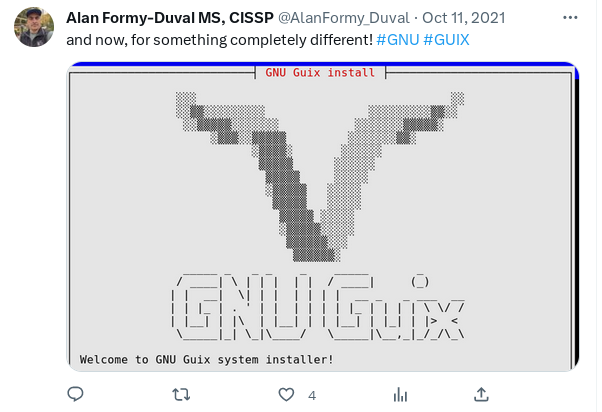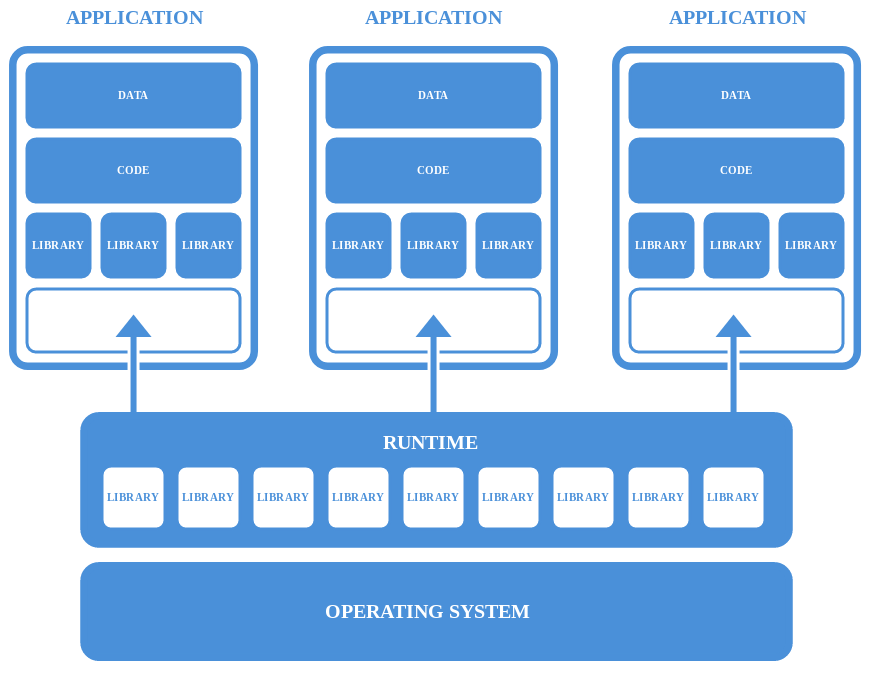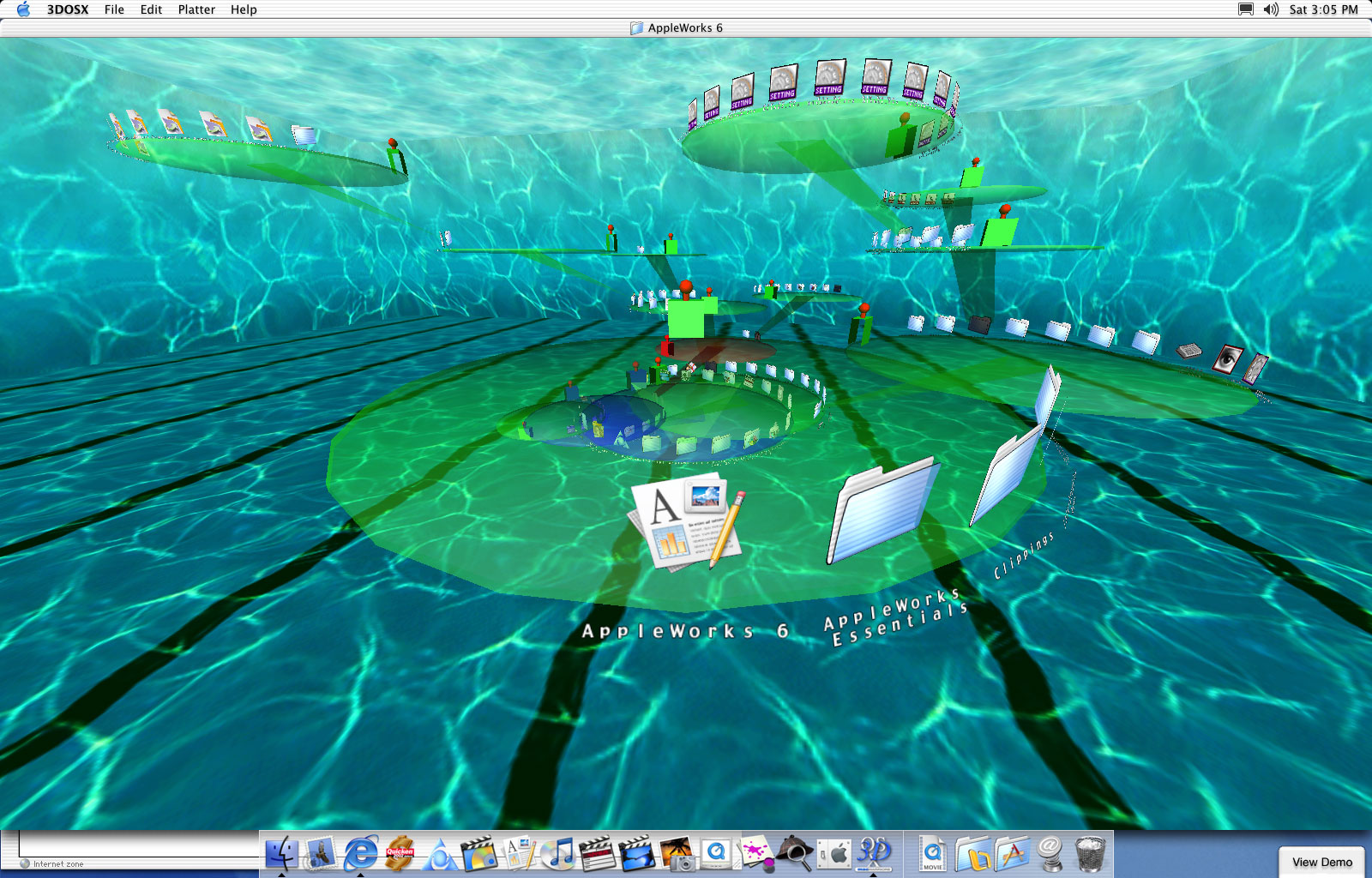Behind Red Hat Enterprise Linux’s dropping of LibreOffice

|
Getting your Trinity Audio player ready...
|
In an event that has surprised many, Red Hat, one of the largest open-source software companies, has announced it’s dropping LibreOffice from its desktop operating system,Red Hat Linux, or more accurately, RHEL (Red Hat Enterprise Linux). It’s assumed that users of LibreOffice — a drop-in replacement for the ubiquitous Microsoft Office — will, if an office suite is needed, deploy the software in containerized form, such as in a Flatpak.
The company will continue to support the package for the lifetime of support agreements on RHEL 7, 8, and 9.
In an email to developers, Matthias Clasen, a Red Hat developer for the Gnome desktop, said, “[…] engineers […] will contribute some fixes upstream to ensure LibreOffice works better as a Flatpak, which we expect to be the way that most people consume LibreOffice in the long term.”
The tides of software deployment for the desktop and server are changing at present, with a greater emphasis on sandboxed applications rolled out in Snaps (Ubuntu), Flatpak, Docker, or Podman. For those that wish to take the protected operating system paradigm one step further, there are OSes designed to be immutable, such as Fedora Silverblue, NixOS, and GUIX (see below).
The Fedora operating system increasingly uses Flatpaks for desktop applications, and it’s an OS commonly seen as the future of RHEL (Red Hat Enterprise Linux): what’s in Fedora today will be in RHEL tomorrow.

The immutable and free operating system. Source: Twitter.com
Are immutable operating systems and applications a good idea?
The Red Hat Display Systems team, the developer group that works on the desktop versions of RHEL, will instead concentrate on the Wayland compositor (the replacement for the aging X Windows system) and HDR support, Clasen’s email explained.By shipping a Flatpak version of LibreOffice, the team will no longer have to support multiple versions of the office suite, and the responsibility for LibreOffice’s continued functioning will be with LibreOffice, who will supply the Flatpak version.

How Flatpaks work. Source: Flatpak.org
In pure security terms, having an application run in user space is safer than a “traditional” installation, which requires access to system space for the software to function. A compromised and widely-distributed installation package could, therefore, compromise many desktops. Even if a Flatpak version of LibreOffice were compromised, it would run and operate entirely outside the operating system’s components and, therefore, better protect the core system. At least that’s the theory – sandboxed applications sometimes have to be given broad-brush access to system space to allow certain workflows. Accessing resources controlled from inside the system space can be challenging for end users (printing, writing to network shares, core cryptography, for example) from inside a Flatpak application.
A second-rate CX (customer experience) could be seen as passing problems from one area (cybersecurity, operations, desktop imaging, for example) to another: desktop support.
The best alternative to Office in Red Hat Linux
What’s surprising about the decision by the Red Hat Enterprise Linux team is the application chosen. It’s removing certain support elements from a package that is, for many non-technical users, a mainstay of their desktop workflows. Red Hat is giving its strongest signal to date that it’s pursuing an immutable model in computing applications but has chosen the application with great potential to annoy the maximum number of end-users.
A similar decision by Canonical to ship the Firefox browser as a slow-to-load Snap caused huge disquiet among many users and forced the company to divert developer resources to reduce the double-digit startup time for a core application. It could be argued that Red Hat is putting itself in a similar position: unless the user experience is perfect (or as good as before), the push-back volume will be high.
Arguments for and against immutable systems
The advantage of immutability at the system and user levels are said to be as follows:
- Updates to the operating system or applications that cause problems to the smooth running of the desktop can be quickly rolled back without intervention at the filesystem level
- Each element of a machine’s software can’t access all other parts of the machine by default. Privileges are declarative, in other words.
- Containerized apps and the OS (itself being seen as an application in this context) come with their own dependencies, so a system-level update to a library, for example, will not break applications. Similarly, updating an application to use a newer library will not break other applications that use the older version.
How to reduce help-desk tickets
If Red Hat’s decision to only support the Flatpak version of LibreOffice is financially motivated (fewer support calls), criticism of the company is not necessarily due. Red Hat effectively pioneered a service-based business model for freely-distributable software, one that many thousands of other projects have copied successfully.
It is certainly making a bold statement with its high-profile choice of application for this announcement.
YOU MIGHT LIKE

Wait, what happened to Apple’s desktop macOS?
But almost all other operating system producers have always taken the stance of really only supporting the operating system, of course. Problems with apps running on macOS aren’t Apple’s responsibility, and no one ever called Microsoft because of a WinRAR issue. Red Hat removing itself from the support burden of every app that happens to ship in its latest ISO will save the company a huge amount of money in an act that’s only normalizing its support policies with Microsoft, Apple, and Google.
Never the year of the Linux desktop
If Red Hat intends to only support an operating system, a lighter touch would have allowed it to test the waters more thoroughly. It would have been better to avoid the type of backlash it received when it deprecated Cent OS in favor of Cent OS Stream, which read as a textbook example of how not to “do PR.”
And although not short of developer resources, the emailed statement from Matthias Clasen seemed to show that his team’s focus was now on projects like HDR displays and Wayland. The former, in particular, can’t be described as an essential developmental goal, and Wayland remains unfit for production in many enterprise non-developer workflows. They are, in short, hardly the most desperately sought-after features for the majority of Linux desktop users.

A 3D operating system nobody asked for. Source: ACM.org
The enterprise Red Hat desktop user is, like their Microsoft-based counterpart, a user of an office suite, some form of email client (often these days a web-based interface), a web browser, and a communications platform or two (Slack, Teams, Zoom, etc.). There are some outliers, for sure, around CAD, graphic design, visual effects, animation, and data science. At the core of the Linux desktop, or indeed any desktop, are those must-haves of spreadsheets, presentation, word processing, file-sharing, and chat. Red Hat’s actions are therefore washing its hands of that core or reducing its role supporting that core.
Shiny things are always better
Working hard to ensure that standard applications like an office suite are reliable, solid, and fit-for-purpose on a fairly static operating system like RHEL probably isn’t particularly cheap or interesting development work. Maintaining backward compatibility over multiple versions and ensuring that new updates don’t break other core components of a desktop is a huge overhead for any company to bear.
Canonical has announced that an Ubuntu desktop with applications based entirely on Snaps will ship soon; it seems that it, too, hopes to reduce the complexity of supporting multiple versions of applications and their dependencies.
Thanks to the awesome team at #AWSSummit in London this week for a great event, and the unexpected crowd management assistance 🙌 We ❤️ the love for #RedHat #fedora pic.twitter.com/s4VlwYrNbw
— Red Hat UK (@RedHatUK) June 10, 2023
So what is driving the immutable Linux desktop and ring-fenced applications that are coming over the horizon? It could be an overarching need for a safer, more secure open-source desktop, but how many critical vulnerabilities plague the average enterprise Gnome-on-Ubuntu user in an average year? Or it could be big technology companies’ support staff wages bill. Finally, it could be development teams’ preference to focus on interesting, shiny projects like Wayland.
Most likely, the move towards immutability is a combination of all three, perhaps combined with a tacit acceptance that there will never be a mainstream Linux desktop that will challenge the dominance of Windows. The Linux desktops are, without a doubt, superior user experiences compared to Windows and macOS. Red Hat’s decision to pull back from LibreOffice as part of the desktop means the chances of widespread acceptance of that fact are much diminished.







